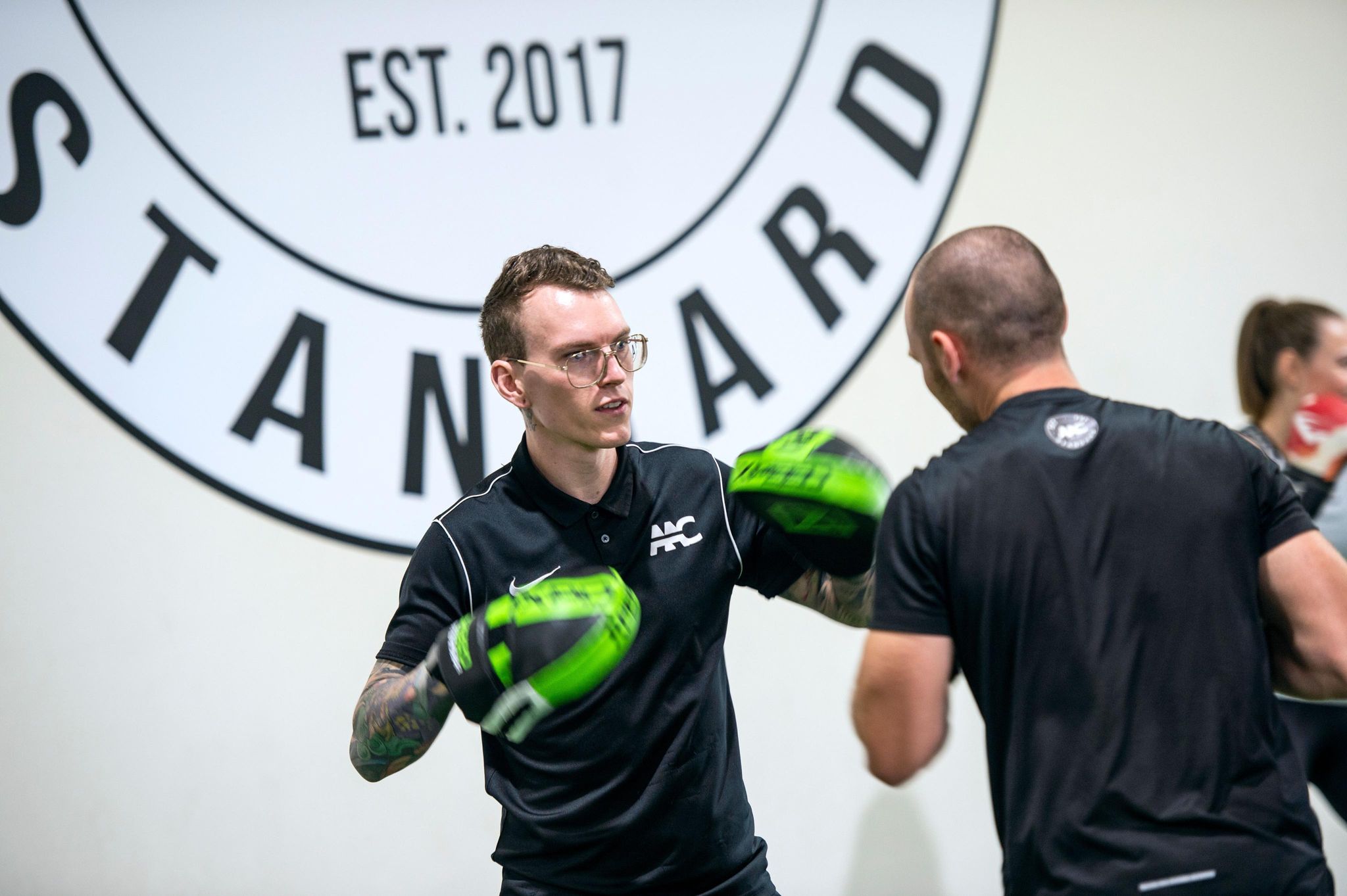
One of the more common questions we receive regarding programming is setting up a full body session. Starting from scratch and trying to hit everything can be daunting, so we break the session into subunits to make the process easier. The individual, their sport or activity, the time of year and goals will all influence how the pieces are placed together, but the framework remains relatively constant. We’ll skip the warm-up as that’s for another post and assume that it’s been taken care of.
1. Explosive Work
This is one that might be dropped depending on the above factors, but if it’s included, it should almost always be at the start. There are exceptions to this, but it’s rare.
2. Squat
Placement here is a little more fluid than explosive work, but squatting is such a foundational movement pattern that it’s often placed towards the front of the workout. Social media is flooded with arguments around bilateral (two leg) vs unilateral (single leg) movements, but generally, most individuals will perform both at some point in their program.
3. Hinge
For the same reasons listed as the squat, the hinge is at the front end of the session, although the order is largely interchangeable. As with squatting, most athletes will perform both single and double leg variations.
4. Upper Body Pulling
Upper body pulling can be broken into the subunits of vertical and horizontal. Arguments abound about the ideal balance between horizontal and vertical work, but the unsexy answer is that it depends on the individual in question, and it often matters less than what people might think.
5. Upper Body Pressing
In tackling and combat sports, upper body pressing strength will usually be some form of KPI. As with pulling, the balance between horizontal and vertical exercises depends, but the guiding principles should be based in adaptations, not methods.
6. Abs/Pillar/Bracing/Core
There are arguments just around the naming of this category and especially the specifics, but it’s one the categories that’s most individualised based on sport and history, but it’s an area with a huge range of possible methods, from targeted work up to global movements like carries and crawls. 7. Conditioning The exact methods and exercises within this category warrant a post of their own, but this style of work is typically placed at the end of the session, unless it’s the main goal, when it might be a session in itself.




